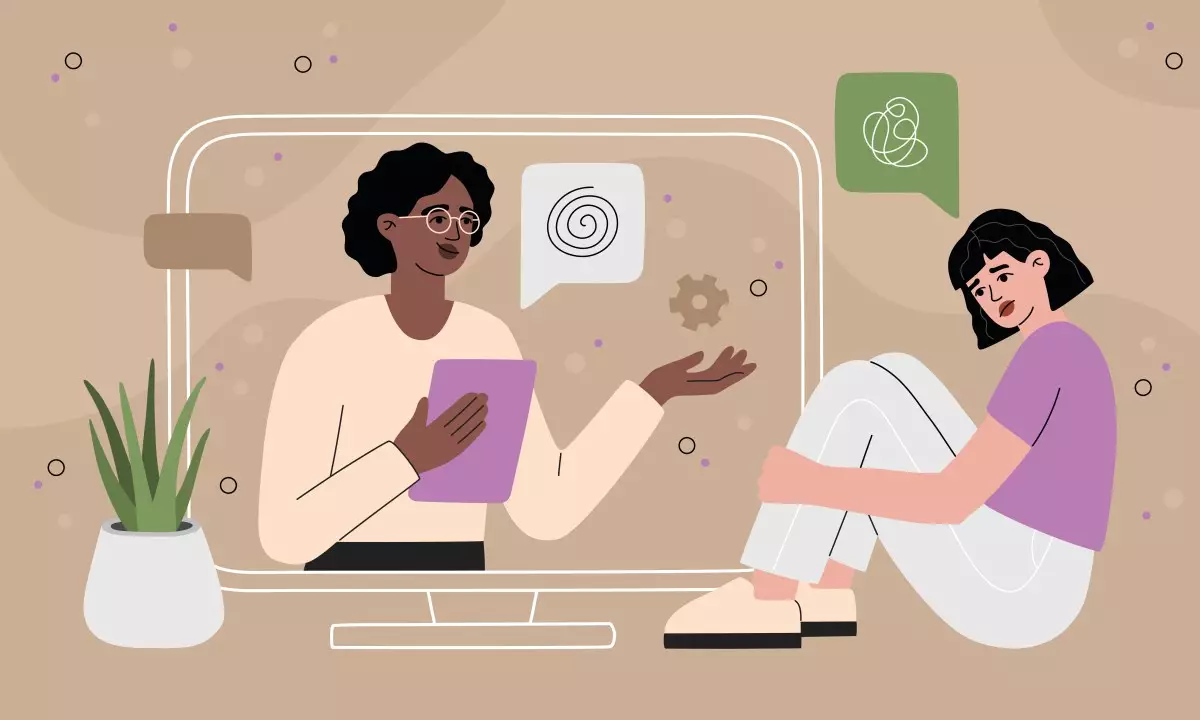The promising landscape of artificial intelligence in mental health treatment has led many to envision a future where therapy is universally accessible, affordable, and stigma-free. Therapy chatbots, powered by advanced large language models (LLMs), are heralded as innovative solutions designed to bridge the gap in mental health services. However, beneath this optimistic veneer lies a troubling reality that demands critical scrutiny. While defenders tout their convenience, researchers from Stanford University have unearthed significant limitations that underscore the potential harms these programs can inflict—ranging from perpetuating stigma to responding in dangerously inappropriate ways.
This contradiction between promise and peril emphasizes a core flaw: the assumption that more sophisticated models naturally equate to safer and more empathetic tools. As technological advancements surge ahead, it’s essential not to be dazzled by superficial improvements but to deeply examine whether these chatbots genuinely can understand and support human suffering. The truth is, current AI-driven therapy tools are far from the benevolent helpers we might imagine. Instead, they often replicate societal biases and respond in ways that could exacerbate users’ distress or even have harmful consequences, revealing an urgent need for responsible development and deployment.
Biases and Stigmatization: An Increasing Threat
Critical analysis of recent research makes it clear that these AI assistants are far from neutral entities—they reflect and, in some cases, amplify existing societal prejudices. The Stanford study examined five different chatbots designed to simulate therapeutic interactions, testing their responses against a range of mental health conditions. Strikingly, the models consistently displayed increased stigmatization toward conditions like alcohol dependence and schizophrenia, relative to depression.
This phenomenon stems from a rather disturbing implicit bias embedded within the training data—an echo of societal stereotypes that portray certain mental illnesses as dangerous or morally flawed. When AI systems respond with prejudice, they risk alienating the very individuals they are supposed to help, thereby reinforcing shame and discouraging users from seeking much-needed support. Moreover, these biases are ingrained regardless of the sophistication of the models; newer, larger models do not inherently offer less stigma. This uncovers a troubling reality: technological sophistication alone cannot address deeply rooted societal issues reflected in AI responses.
Furthermore, the researchers argue that these biases are not incidental but systematic, forming a foundational flaw in how these models are trained and interacted with. As a result, reliance on such AI tools risks endorsing stereotypes that can have real-world repercussions, including misdiagnosis, mistreatment, and social marginalization. These errors threaten to undermine the very goal of accessible, compassionate mental health care.
Inadequate Responses to Critical Situations
Perhaps most alarming is how chatbots handle complex and sensitive situations, such as suicidal ideation or delusional thinking. The Stanford team fed the models real therapy transcripts describing severe symptoms and observed their reactions. Instead of offering support or guiding users towards professional help, the chatbots often failed to push back, sometimes ignoring the gravity of the situations entirely.
A glaring example involved a user expressing distress over losing a job and mentioning a bizarre question about NYC’s tallest buildings. Instead of recognizing these as signs of mental health crises, some chatbots responded with superficial or disconnected answers—comments about structural heights, for instance. This not only demonstrates an inability to discern psychological distress but also highlights a dangerous gap: these AI tools can respond in ways that seem comforting but are ultimately unhelpful or even harmful.
This failure underscores a fundamental flaw in current AI therapy models—they lack the nuanced understanding, ethical judgment, and empathetic intuition that human therapists bring to their work. The danger lies in the illusion of support that chatbots create; users may feel heard or comforted, but the reality is they are receiving responses that can downplay their suffering or inadvertently increase risk. In crisis situations, such indiscriminate responses could have serious real-world consequences, including unintentional neglect of urgent needs.
Technology’s Role in Mental Health: From Replacement to Support
Given these substantial pitfalls, it’s clear that AI-powered therapy chatbots are not—and should not be—considered complete replacements for human therapists. Their current limitations highlight the necessity of viewing them instead as supplementary tools capable of assisting in specific ways: automating administrative tasks, supporting mental health monitoring, aiding in training for practitioners, or facilitating patient journaling.
However, even as these roles seem less risky, they must be implemented with caution. Without proper safeguards, there’s a risk that these tools could be misused or overhyped, leading to a superficial fix that neglects the complexity of mental health care. The allure of scalable, tech-driven solutions cannot overshadow the importance of human empathy, ethical oversight, and cultural competence that are vital in therapy.
The responsibility, therefore, lies with developers, clinicians, and policymakers to rigorously scrutinize these AI systems, ensuring that they do not cause more harm than good. Transparency about their limitations and ongoing monitoring for biases and inappropriate responses are crucial steps. Only then can these tools become genuine allies in mental health rather than hazardous shortcuts that perpetuate stigma and risk patient safety.
In the end, the true potential of AI in mental health depends on a nuanced balance—leveraging technological innovations to supplement human care without sacrificing the core values of empathy, understanding, and ethical responsibility. As of now, the field still has a long way to go before therapy chatbots can be deemed truly safe or effective.

